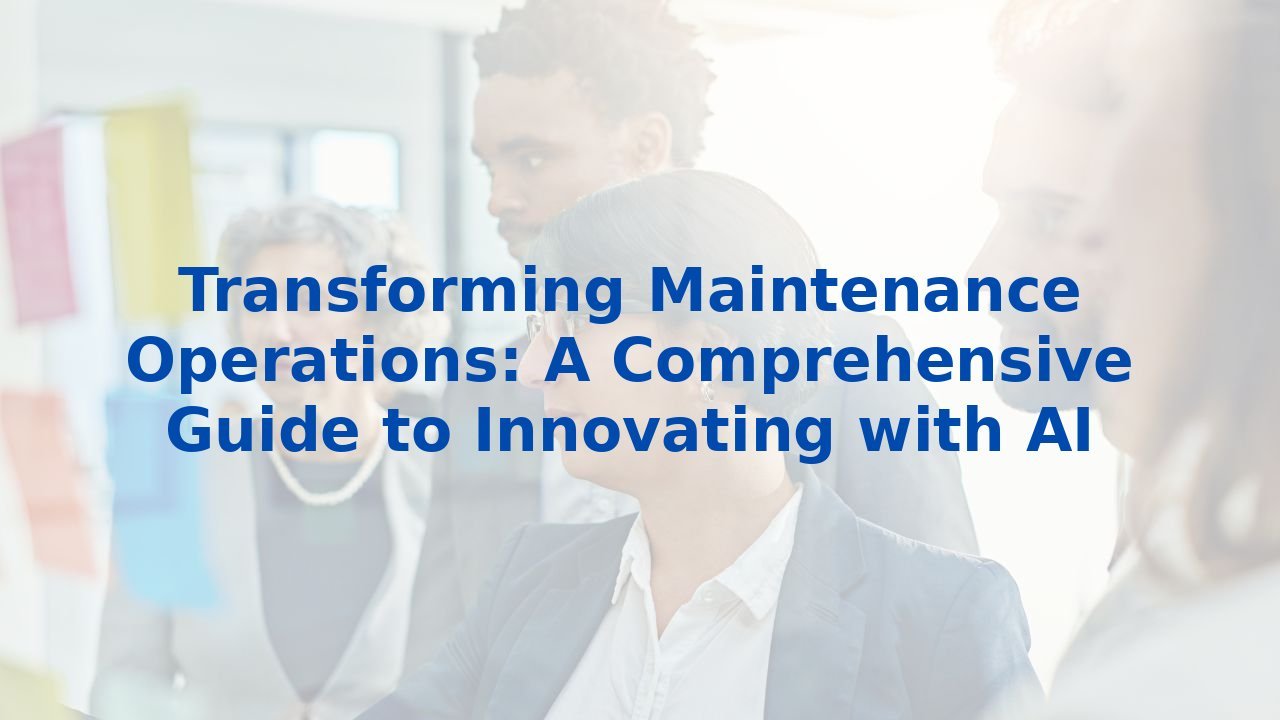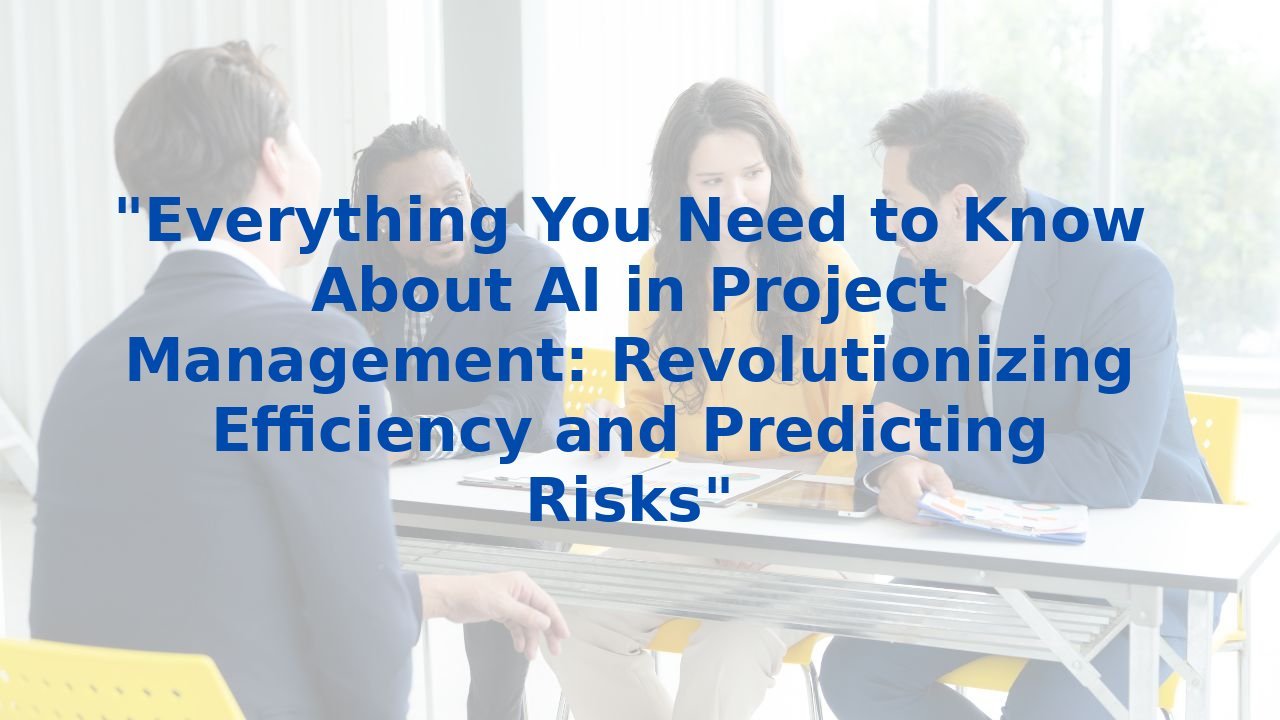Transforming Maintenance Operations: A Comprehensive Guide to Innovating with AI
Transforming Maintenance Operations: A Comprehensive Guide to Innovating with AI
In the ever-evolving business landscape, maintenance operations are stepping into a new era, one where Artificial Intelligence (AI) is not just an option but a necessity. As businesses look to streamline processes, reduce costs, and improve service quality, AI becomes a transformative force that can take maintenance operations to the next level. This guide will explore how utilizing AI can enhance maintenance processes, review its myriad benefits for organizational efficiency, and highlight the importance of equipping your workforce with the right skills to leverage these advanced technologies.
Understanding Maintenance Operations
Maintenance operations encompass a range of activities and processes aimed at ensuring all equipment, systems, and machinery function optimally. Traditionally, these operations relied heavily on manual analyses, scheduled maintenance tasks, and reactive measures to address issues as they arose. These outdated methods not only consumed time and resources but also left room for human error. Integrating AI transforms this approach by fostering proactive maintenance strategies that capitalize on data-driven insights.
AI's Role in Enhancing Maintenance Processes
The integration of AI in maintenance operations can be manifested through several key enhancements that revolutionize the way upkeep is approached:
Predictive Maintenance
AI excels in predictive analytics, using historical data to forecast potential failures before they occur. By continually analyzing performance metrics, AI systems can identify patterns and signals suggesting when a machine is likely to falter. Organizations can then schedule maintenance at optimal times, significantly reducing unexpected downtimes and extending equipment lifespans.
Automated Reporting
Another area where AI shines is in the automation of reporting. AI-enabled systems can collate and analyze maintenance data autonomously, generating detailed reports on equipment performance and maintenance efficacy. This data doesn't just inform maintenance teams—it empowers them to make informed decisions that can drastically improve operational efficiency.
Dynamic Resource Management
AI can transform resource allocation from a static, manual process to a dynamic one. By assessing real-time data on equipment needs, scheduling, and workforce availability, AI optimizes how resources are used. This ensures that maintenance teams are not overloaded, and resources are allocated where they are needed most, enhancing productivity and morale.
The Broad Benefits of AI in Maintenance Operations
Incorporating AI into maintenance operations yields a multitude of benefits that collectively enhance overall organizational efficiency:
- Improved Efficiency: Automating routine tasks frees up the workforce to focus on more complex challenges, driving overall productivity.
- Cost Reduction: By transitioning to predictive maintenance and automating reporting, organizations can significantly lower repair costs and avoid costly downtimes.
- Enhanced Decision Making: Real-time data output and analytics empower maintenance teams to make swift, informed decisions that improve overall operations.
- Better Resource Utilization: AI’s capability for dynamic resource tracking ensures that human and material resources are utilized effectively.
The Importance of Training for AI Implementation
While the advantages of AI can be substantial, they are only as impactful as the teams that implement them. This is where training becomes a key component of successful integration:
Understanding AI Capabilities
Employees must grasp the potential and functionality of AI tools to effectively use them. This knowledge allows maintenance teams to optimize workflows and harness AI capabilities creatively, capitalizing on their specific needs and routines.
Data Literacy
AI generates vast amounts of data—data that is only valuable when understood. Training helps employees interpret this information accurately, leading to better decision-making and enhanced results.
Adaptability and Forward-Thinking
As the landscape of AI continues to evolve, fostering a culture of adaptability among employees is essential. Training not only equips staff with the necessary technical skills but encourages a mindset of innovation and continuous improvement.
The commitment to employee training also reflects a forward-thinking approach that acknowledges the evolving nature of industry technologies. With a well-trained staff, organizations can stay ahead of the curve and maintain their competitive edge.
Conclusion
Transforming maintenance operations through AI is not just about integrating a new technology, but rather enabling a fundamental shift in how businesses approach their processes. From predictive maintenance to automated reporting, the benefits of AI are vast and varied, leading to unprecedented efficiency and cost savings. However, realizing the full potential of these innovations rests largely on the shoulders of well-trained employees who are equipped to adapt and thrive in this new landscape. By investing in comprehensive training programs for your workforce, you not only enhance your operational capabilities but also solidify your organization’s place in a competitive future.



